Today we want to talk to you about what you can do in your 30s to preserve your skin. So let’s discuss the top 11 things—from lifestyle to skincare regimens, injectables, and lasers—that you can do to look younger than all your friends in the decades to come.
Table of Contents
Tip No. 1: Sunscreen

Always, always use sunscreen and sun protection as much as you can. And we’re not just talking about your face; we’re talking about your neck and chest. A lot of people are really good about protecting their face, but we often forget our neck and chest, especially women. The skin on the neck and chest is thinner, more susceptible to sun damage, and it gets more sun than our face. A lot of times, we shield our face better than we do our neck and chest. So, as much as you can, cover up because that’s the best way to protect that skin. That skin is also harder to laser and correct in terms of anti-aging. We can’t laser it the same way we can the face, so the results from laser aren’t as good.
You want to wear an SPF 30 or higher every single day. It should be just part of your routine: you cleanse, and you put on a moisturizer with SPF 30 or higher. Ideally, use a mineral-based SPF with zinc or titanium because that gives you the broadest coverage and will block out the most UVA and UVB rays. And if you’re on screens, which many of us are—whether we’re on computer screens, watching Netflix on our laptops, or spending many hours exposed to blue light—you want to use a sunscreen with iron oxide in it because that helps attenuate the blue rays that can damage your collagen, cause pigmentation, and worsen rosacea. So you really want to protect that skin.
Here you can read our blog post about 10 Sunscreen Mistakes to learn more about how to use your sunscreen properly.
We love powder brushes. They not only give an extra layer of protection, but they also help absorb any oil and moisture from the skin, giving you a little bit of coverage and protection.
Tip No. 2: Botox

If you haven’t started Botox yet, your 30s are a good time to start. Even if you do it twice a year, it’s going to prevent lines from getting deeper, and it will preserve the collagen in your skin because the skin isn’t being crinkled and wrinkled when you’re expressing. Ideally, Botox is best for the lines in the upper third of the face—when you frown, raise your eyebrows, or smile, you get those little crow’s feet. If you do Botox just a couple of times a year, it will relax the skin for about six months, which means it’s not getting crinkled, and those lines will never form; you’ll never see them.
Now, we will say Botox is great when it’s not overdone. So, if you’ve been getting Botox regularly—let’s say every three months for the past 10 years since you were 22 and now you’re 32 and can’t even move your eyebrows anymore—like that muscle is gone, that’s when you want to take a break from Botox. Botox is great at preventing lines, but if you overdo it and that muscle never works, and you never let that Botox wear off, what happens to the muscle when you don’t use it? You lose it. You need muscles in your face for volume. It can actually end up making you look older. So that is one caution we have with Botox or any of the toxins such as Xeomin or Dysport. There is a fine line between doing enough Botox and not overdoing it.
Tip No. 3: Retin-A

Start on Retin-A. Retin-A has so much science and data behind it; there is nothing that comes close for anti-aging. It preserves your collagen, stimulates new collagen, and renews your skin cells. If you ever do laser resurfacing or any type of laser treatment, it enhances your results. We cannot stress the importance of using Retin-A starting in your 30s. It will do so much for your skin, and you will definitely have younger skin than all your friends if you start it now.
Now, everyone says, “Well, I’m in the sun a lot; I can’t use retinoids.” No, just wear sunscreen. Remember, Tip No. 1 is sunscreen. So as long as you’re not out there for hours bathing in the sun, you will be fine.
Here you can read about our blog post about 6 Best Tips to Start Using Retinol.
Tip No. 4: Exercise

Exercise is backed up by science. A recent study took skin samples from people in their 40s who regularly exercised in their 20s and 30s, and it showed younger markers than people who didn’t exercise. That’s because when you exercise, your muscles release a myokine called interleukin-15 that has anti-aging effects on the skin.
Not only that, but exercise enhances blood flow and circulation, which means more oxygen is delivered to the skin. You also release endorphins, which is great for reducing stress—one of the worst things for aging skin. Stress really accelerates aging, so getting some of those endorphins, even if you do it three days a week for just 30 minutes, is going to be enough to make a difference. And when you sweat, all the toxins and debris get excreted from your pores, so it really has a number of benefits for the skin.
Tip No. 5: Vitamin-C Serum

Add a Vitamin C serum. Vitamin C can be tricky to formulate, so you want to use a high-quality one. It’s not just about the concentration of the Vitamin C, but how stable it is and how potent that makes it as an anti-aging serum.
The reason Vitamin C is so important for your anti-aging routine is that it helps protect and repair the skin from damage from UV rays and environmental stressors. As we go on throughout our day, our skin cells are prone to oxidative stress, and what Vitamin C does is help repair that. It scavenges these free radicals that can damage the skin. It’s almost like gobbling up all the oxidative damage and helping protect our skin.
So it’s not quite like sunscreen, but you want to use it every morning after cleansing and under your sunscreen.
Here you can read 4 Useful Properties of Vitamin C to learn more about this ingredient.
Tip No. 6: Injectables

Injectables like fillers are important because, when you reach your 30s, that’s when you start to see essential fat pads reduce in size, changing the contours of your face. To maintain a youthful contour, you want to replace some of this volume that you start to lose in your 30s. Everybody’s different—genetics certainly play a role in how thin or fit you are. Some people tend to hold on to their fat, and some people don’t. So, if you’re one of the people who tend to lose fat quickly in your face, you may consider fillers.
The areas where we tend to see these fat pads shrink are the malar cheeks and the under-eye area. We also start to see the temples become hollow, causing the loss of support of our brows, which is associated with an older appearance.
Another area is the lips; we tend to lose volume in the lips. The 30s is a good time to replace a little bit of volume there because, as we age, you’ll notice the lip just gets smaller. So that’s another area to consider for fillers. It’s best to see someone who is really experienced in facial aesthetics and knows how to create balance and harmony in order to replace the volume loss naturally.
Tip No. 7: Exfoliants / Acids

Start using an exfoliant or an acid like an alpha hydroxy acid or a beta hydroxy acid. Our skin cells get lazy as we get older, so exfoliating helps with cell turnover and gets rid of that dead skin cell buildup. It’s a great thing to incorporate into your routine.
We favor glycolic acid because it helps with fine lines, pigmentation, and gives your skin a glow that none of the other acids really do. If you want to combine it with salicylic acid, it makes it even more potent, particularly if you’re acne-prone.
Some people just can’t handle the combination of a retinoid plus an exfoliant; it’s too much for their skin. So you may want to exfoliate just a couple of times a week—that’s enough to give you the benefits, whether it’s in a cleanser, a toner, or these pads that we find to be so convenient.
If you have sensitive skin, be cautious about over-exfoliating. Stick to a few times a week to see the benefits without irritating your skin.
Tip No. 8: Photo Facial and Microneedling

Consider getting a photo facial, an IPL, or a BBL treatment. Many of you may have accumulated pigmentation, sun damage, or broken capillaries. It’s a great treatment for people in their 30s because it helps clean up the weathering that happens with sun damage, improves pores, and there are studies that have shown markers associated with younger skin in people who have had regular BBL treatments. This light-based treatment is something that’s good to do once a year. If you’re really prone to pigmentation or broken capillaries, then maybe consider it a couple of times a year. If you have a lot of sun damage, you may want to do a series and then the maintenance.
If you have darker skin, then a photo facial is not the right treatment for you. Instead, invest in microneedling treatments. Microneedling is safe for all skin types, even darker skin tones. It helps with collagen stimulation, texture, and pores, and it’s just good to do to bring in some fresh, new skin.
Tip No. 9: Laser Hair Removal

Being in your 30s is also a good age to do laser hair removal. If your hair turns gray or white, guess what—it will not work once your hair goes from dark to gray as you get older, maybe in your 40s and 50s. Then you’re not able to take advantage of laser hair removal, which is one of the best treatments that make the skin look better. It gets rid of hair so you’re not constantly shaving and getting razor bumps. Check out our blog post on laser hair removal for more information.
Tip No. 10: Healthy Habits

Healthy habits are crucial. If you’re vaping or drinking too much alcohol, stop—those are so damaging to skin cells. In moderation, a glass of wine a night if you’re a woman, or a couple of glasses if you’re a man, is probably okay. We say that not because of gender bias, but because men are able to tolerate more alcohol in their system than women. Starting healthy habits early is key. We feel like your 30s are kind of your last decade to be able to kick bad habits because, once you enter your 40s, it gets harder and harder to break them.
Tip No. 11: Minoxidil

For those prone to having thin eyebrows or thinning hair, because with each decade of life we tend to lose a certain amount of our hair, eyebrows, and eyelashes, start using Minoxidil ingredient. You can apply it with a little brush onto the eyebrows.
This is not FDA-approved, and there are no studies, but we find that it helps preserve eyebrows. We also suggest to use it on the scalp. Some people are just prone to thinning hair, so starting that in your 30s can help preserve the hair you have. These are things that, unfortunately, after your 30s, you start to see thinning of the hair.
We hope this blog was helpful. Comment below and let us know if you’re doing any of the things we’ve talked about in this blog post—you’re on the right track! We really appreciate all your help and support. It’s been great connecting with all our readers. Until next time!
Disclaimer: In the name of full transparency, please note that this post contains affiliate links and any purchase made through such links will result in a small commission for us.
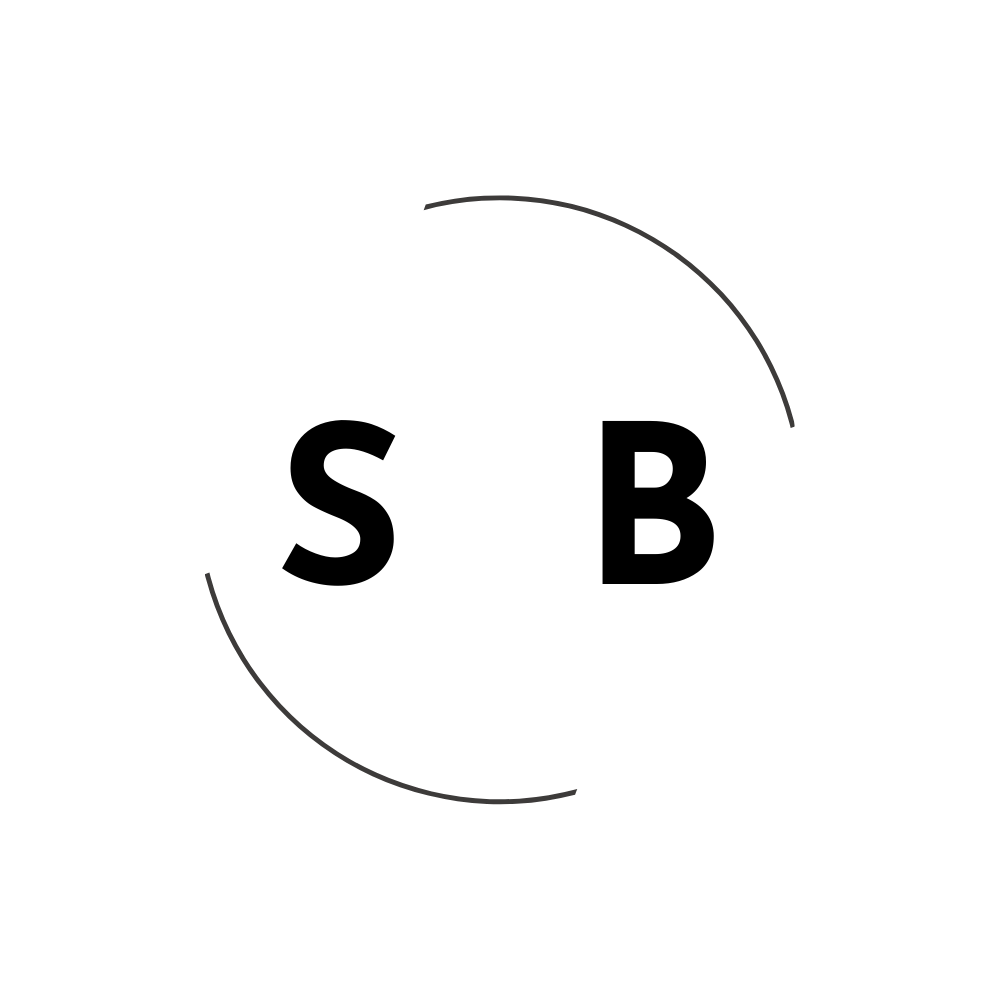


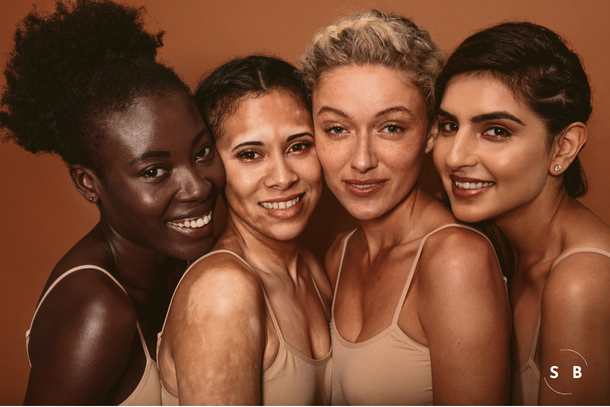
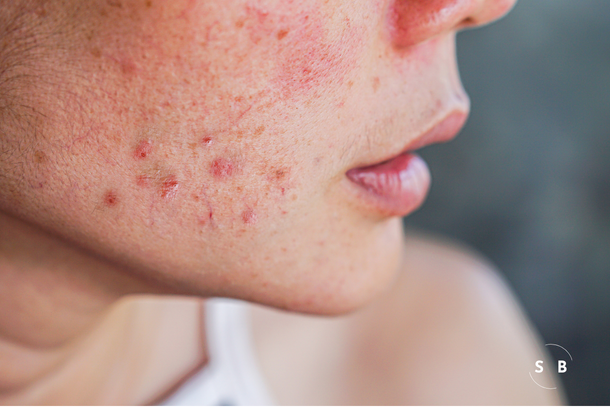
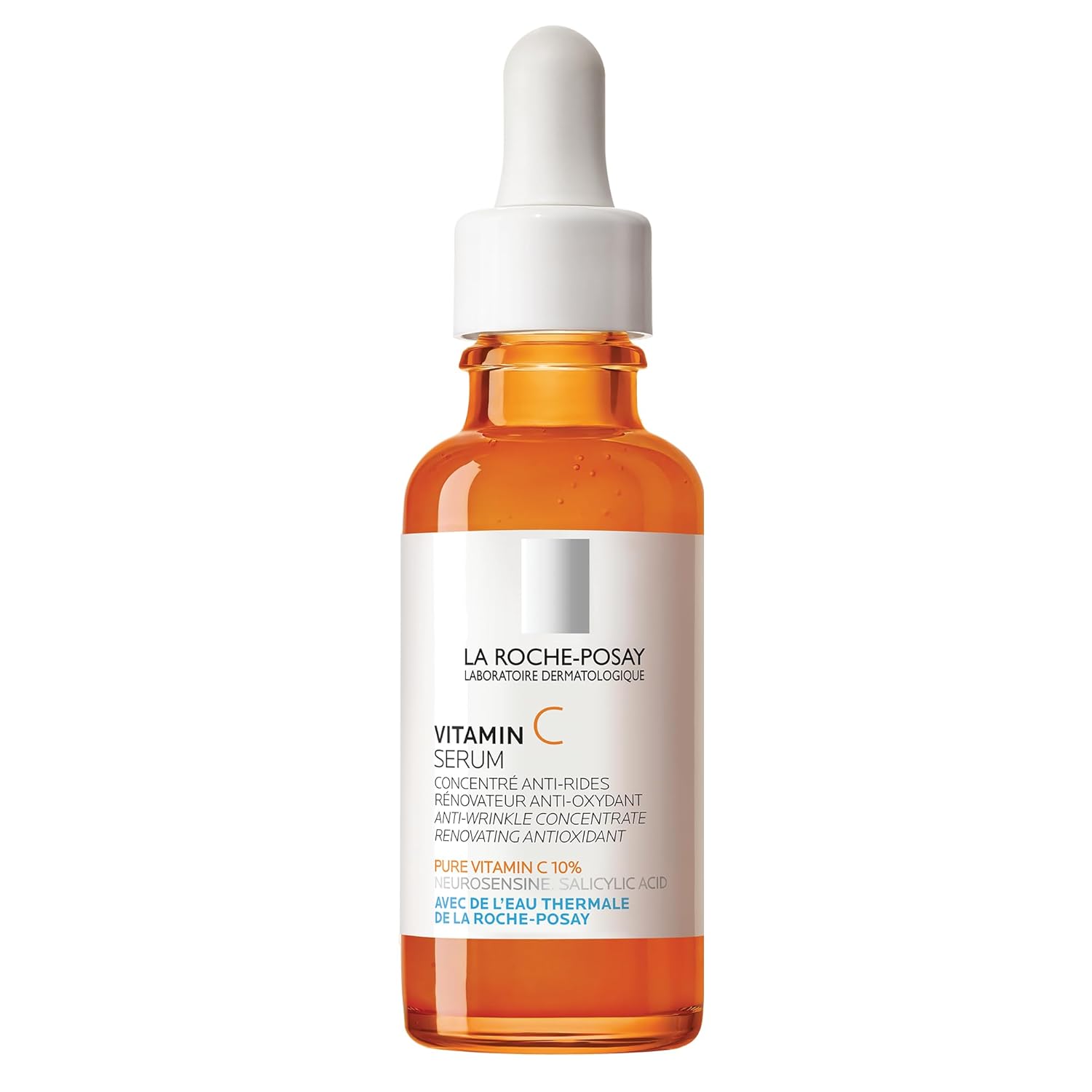
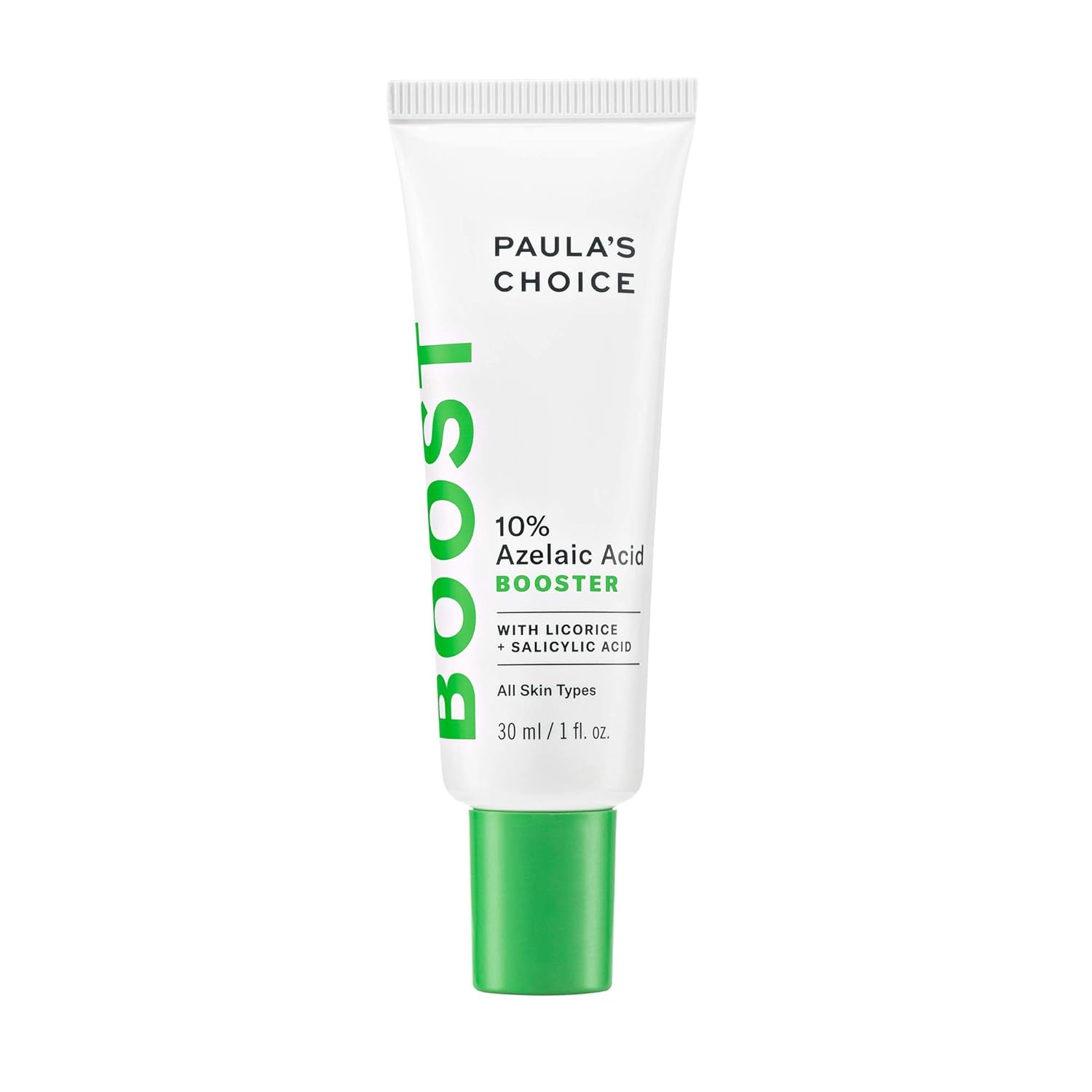
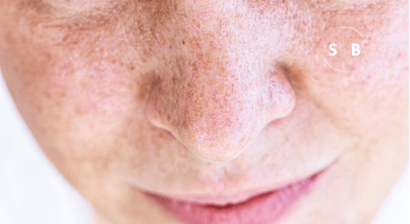
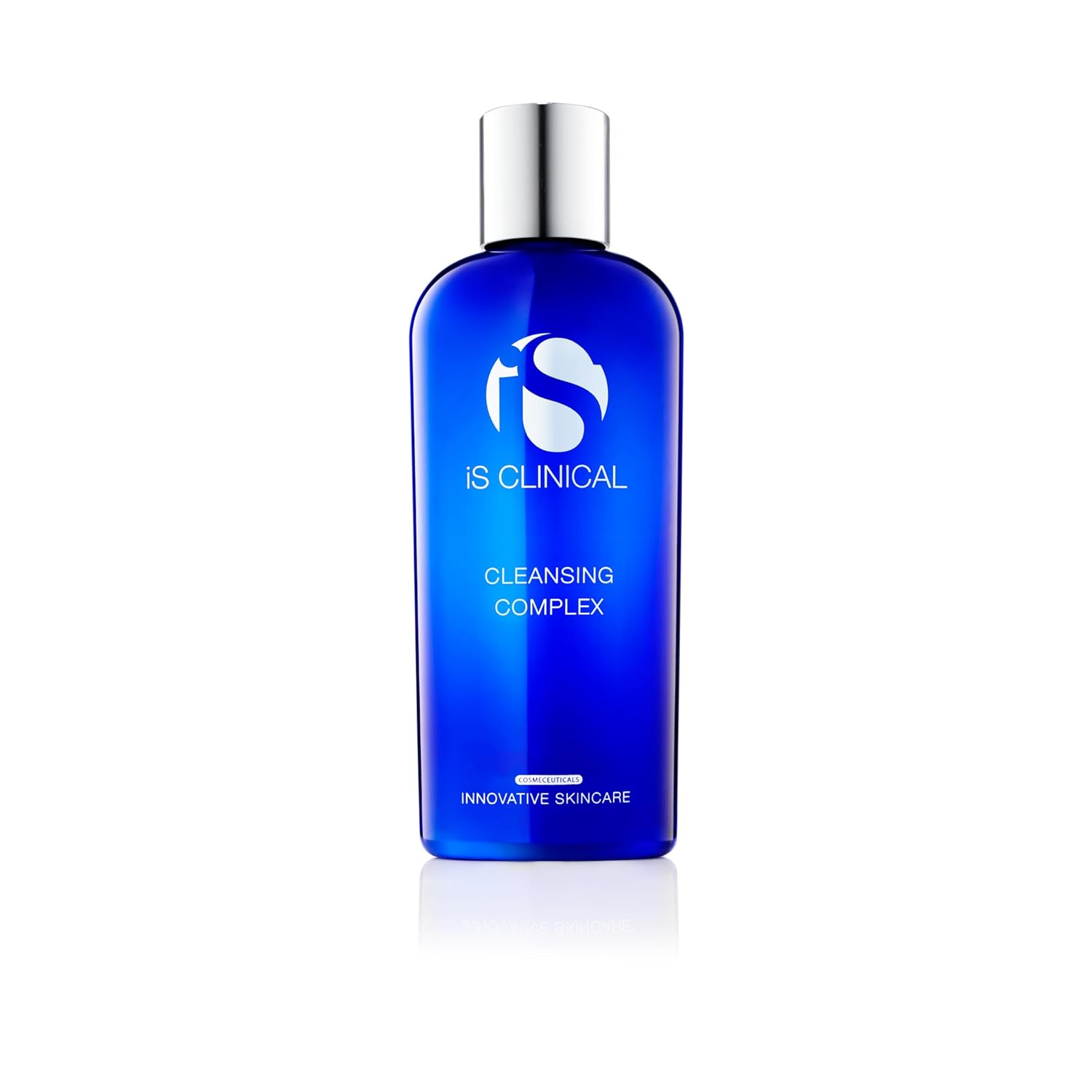
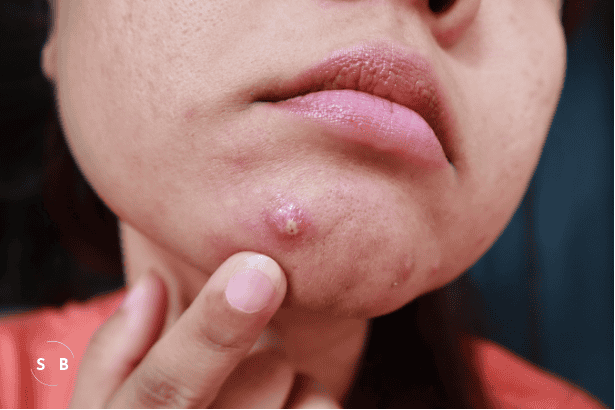
Leave a Reply